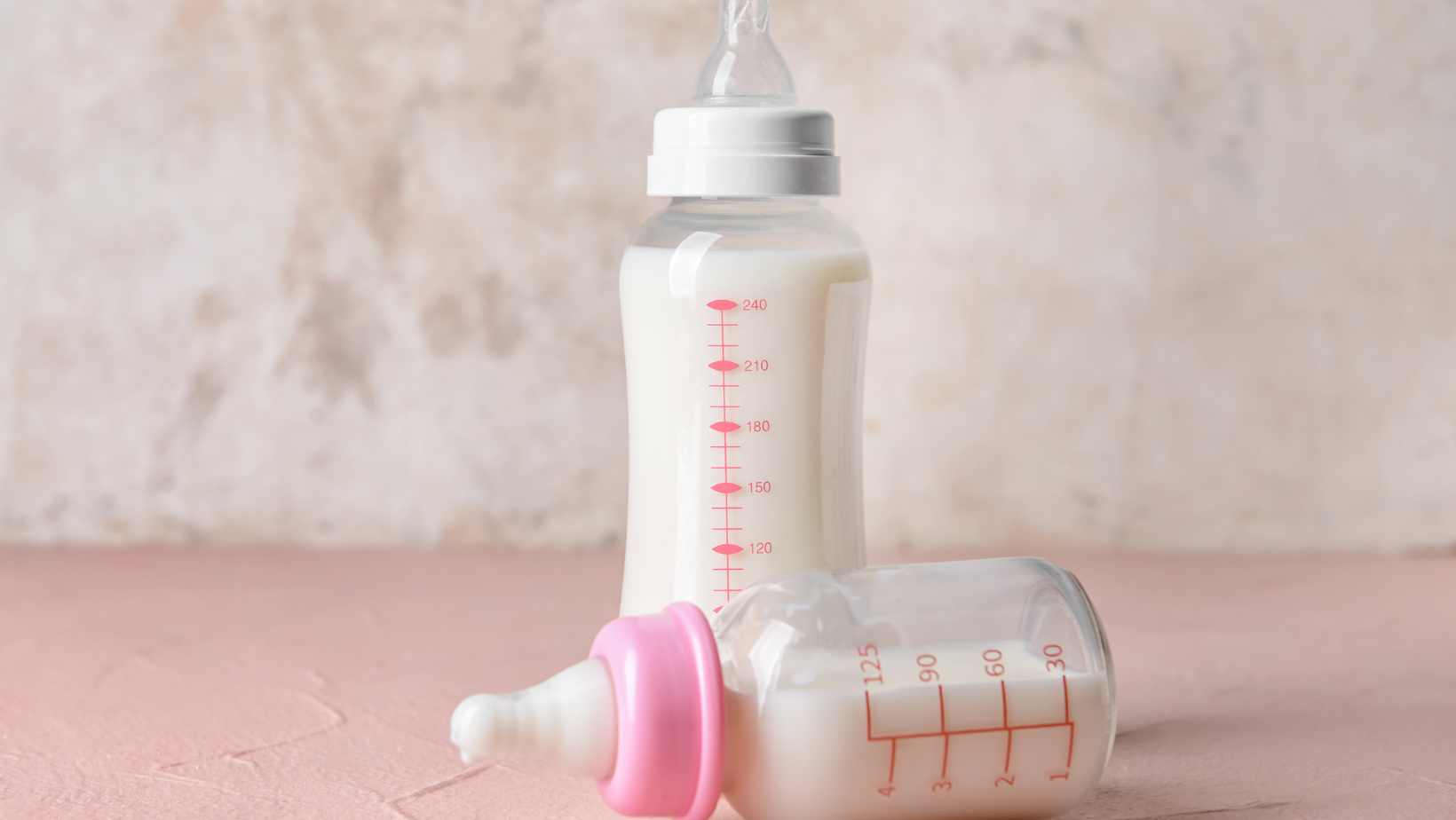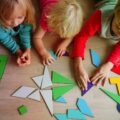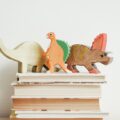Looking for a fun and engaging activity to stimulate your toddler’s senses? Look no further than sensory bottles for toddlers! These captivating bottles are not only visually appealing but also provide an opportunity for young children to explore different textures, colors, sounds, and movements.
Sensory Bottles For Toddlers
Sensory bottles are not only fun and engaging, but they also provide numerous developmental benefits for toddlers. Here’s why sensory bottles are great for your little one’s growth and learning:
- Sensory Stimulation: Sensory bottles offer a variety of textures, colors, shapes, and sounds that stimulate the senses of touch, sight, and hearing. As toddlers explore these bottles by shaking them or turning them upside down, they engage their senses in a playful and interactive way.
- Fine Motor Skills: Manipulating sensory bottles can help improve toddlers’ fine motor skills as they grasp, twist, shake, and rotate the bottles. These actions promote hand-eye coordination and strengthen their finger muscles – essential skills for tasks like writing or using utensils later on.
- Cognitive Development: Sensory bottles provide opportunities for cognitive development as toddlers observe cause-and-effect relationships. For example, when they shake a bottle with floating objects inside, they learn that their movements create interesting patterns or sounds. This process helps enhance their understanding of concepts like gravity and object permanence.
How to Make DIY Sensory Bottles For Toddlers
Creating your own sensory bottles is simple and allows you to customize them according to your toddler’s preferences. Here are some steps to make DIY sensory bottles:
- Choose Your Bottle: Start by selecting a clear plastic bottle with a tight-fitting lid. You can repurpose an old water bottle or use a reusable container specifically designed for sensory play.
- Fill it Up: Fill the bottle about two-thirds full with a variety of materials that will capture your toddler’s attention. Consider using colorful beads, glitter, sequins, small toys or figures (make sure they’re age-appropriate), buttons, or even nature items like leaves or flowers.
- Add Liquid: Pour a liquid into the bottle to create movement and interest. Water, baby oil, or clear glue mixed with water are great options. Avoid using substances that can be harmful if ingested.
- Seal It Securely: Make sure the lid is tightly sealed to prevent any spills or leaks. You may want to use hot glue or strong tape around the edges of the lid for added security.

Choosing The Right Materials For Sensory Bottles
When it comes to creating sensory bottles for toddlers, selecting the right materials is crucial. These bottles engage their senses and promote exploration, imagination, and cognitive development. Here are some key factors to consider when choosing materials for sensory bottles:
- Safety first: Make sure all materials used in the sensory bottles are safe for young children. Avoid any small parts that could pose a choking hazard or sharp edges that may cause injury.
- Transparency matters: Opt for clear plastic bottles that allow toddlers to see the captivating objects inside. This visual stimulation enhances their curiosity and encourages active engagement with the sensory bottle.
- Size and shape: Consider using bottles with different sizes and shapes to provide varied tactile experiences. For instance, you can use both tall cylindrical containers and smaller round ones to offer diverse textures and grasping opportunities.
- Colorful elements: Incorporate vibrant colors into your sensory bottles to captivate your toddler’s attention even further. Adding colorful beads, sequins, or liquid dyes will create a visually appealing experience that stimulates their visual perception.
- Textures galore: Experiment with different textures by including items such as soft feathers, smooth stones, bumpy pipe cleaners, or crinkly fabrics in your sensory bottles. The variety of textures will engage their sense of touch and contribute to their sensory exploration.
- Auditory delights: Enhance the auditory experience by including noise-making objects like bells or rattles in some of your sensory bottles for toddlers who respond well to sound stimulation.
- Liquid options: Consider incorporating liquids into your sensory bottles for added interest and visual effects. Water mixed with food coloring or glitter can create mesmerizing swirls while baby oil provides a soothing effect as it flows through the bottle.
Remember, each child is unique, so feel free to experiment with different combinations of materials until you find what works best for your little one’s preferences and developmental needs. Keep in mind that supervision is essential during playtime with sensory bottles to ensure a safe and enjoyable experience for your toddler.
My name is Andrea Thompson and I’m a home based freelance writer. I’m 23 years old, married to my best friend, and mother to a wonderfully independent and opinionated 3 year old girl and step-mother to a sweet seven year old boy. I live in a tiny, little town in Kentucky, where I spend my free time fishing with my kids.
Writing has always been my passion, which I followed through high school, and for a while in college. Life happened, and once I discovered we were pregnant, I switched directions; opting for the healthcare industry because of the stability.
Finally, years later, I was in a place where I could leave the day job that never truly made me happy, and pursue my dreams. I’ve built, and am still building, my writing career from scratch. But, I’m passionate and I’m good at what I do. And, in the end, I can prove to my daughter that she can do anything she wants with this life.





